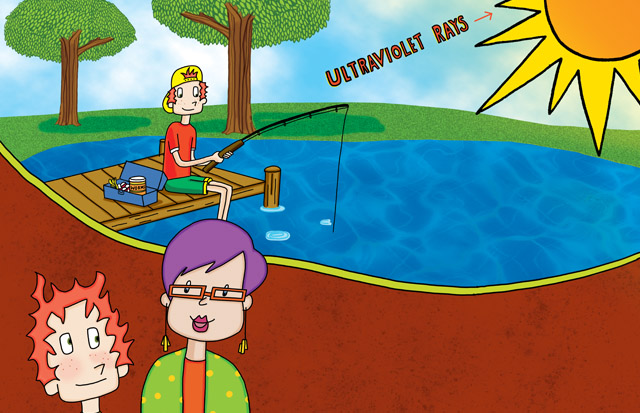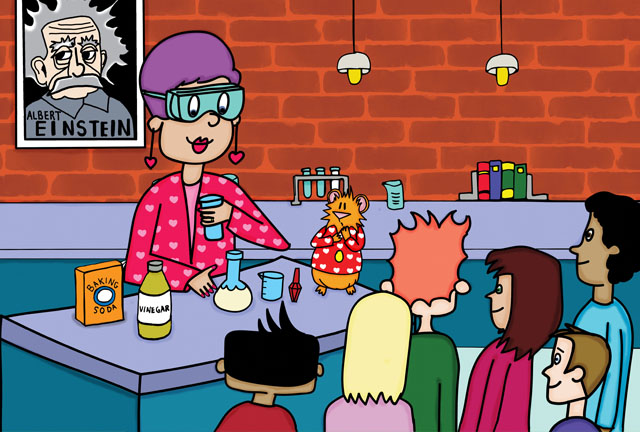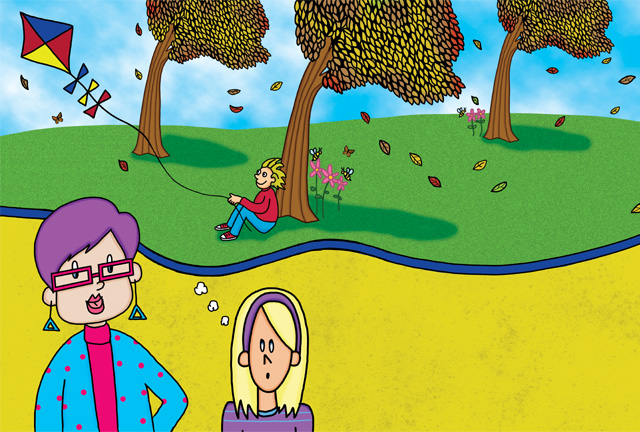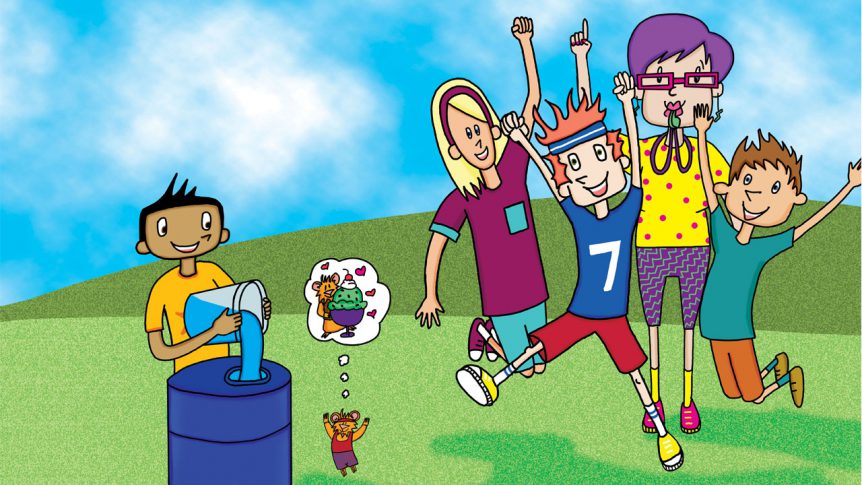Oh, if only we could be like Mrs. Wigglebum as a teacher! In the Fuddlebrook School Science series, she always seems to be in the right place at the right time to offer sage advice and she always finds the teachable moment. Besides that, she has purple hair. This adds to her “cool” factor. But she’s not real, you argue, and doesn’t have to deal with classroom management issues, Covid, and countless other demands on her time. Honestly, if it only took dyeing your hair purple! So, what makes a good teacher? Over the next two months we’ll share ten attributes in no particular order. It goes without saying an effective teacher knows the subject matter, is prepared, and is comfortable in a classroom. You’ll need some soft skills too.

1. Develop empathy and compassion
By trying to understand each student as unique, you’ll not only build positive relationships, you’ll make students feel valued and accepted. When students are confident of their place, they’re more receptive to learning. And being attentive to those learning English, students who bully or are being bullied, and those who may exhibit problem behaviors can go a long way to increasing their learning capacity.
2. Identify different learning styles
Along with this, good teachers can identify the individual learning needs of their students while also creating lesson plans that cater to their academic styles. For example, some students may learn best in a lecture classroom whereas other students are better able to grasp information with hands-on learning opportunities. Consider blending methods in lessons to appeal to more students at one time.

3. Let students’ experiment, while keeping them focused
Learning can be messy. Aim to keep students engaged, thinking, and motivated, using your own enthusiasm as inspiration. Challenge them with the excitement of discovery, and empower them to try until they succeed. At the same time, develop routines that help focus on tasks at hand, make transitions easier, and allow students to share ideas respectfully.
4. Believe in the power of the arts (and play) for learning
The arts have been shown to be a valuable avenue to student learning and improvement. Don’t be afraid to use music, drama, poetry, and visual arts in lessons and problem-solving. Give students space and time for creativity, to try new things—and make learning joyful. If you’re working with young children,. let them play.

5. Be willing to learn from your students
Teachers need to keep an open mind and ask questions as they interact with their students. They’ll learn from you as you’re learning from them. As you find out what students’ interests and experiences are, you can create a thriving classroom environment that works for everyone.

